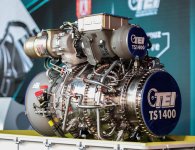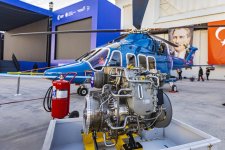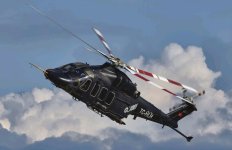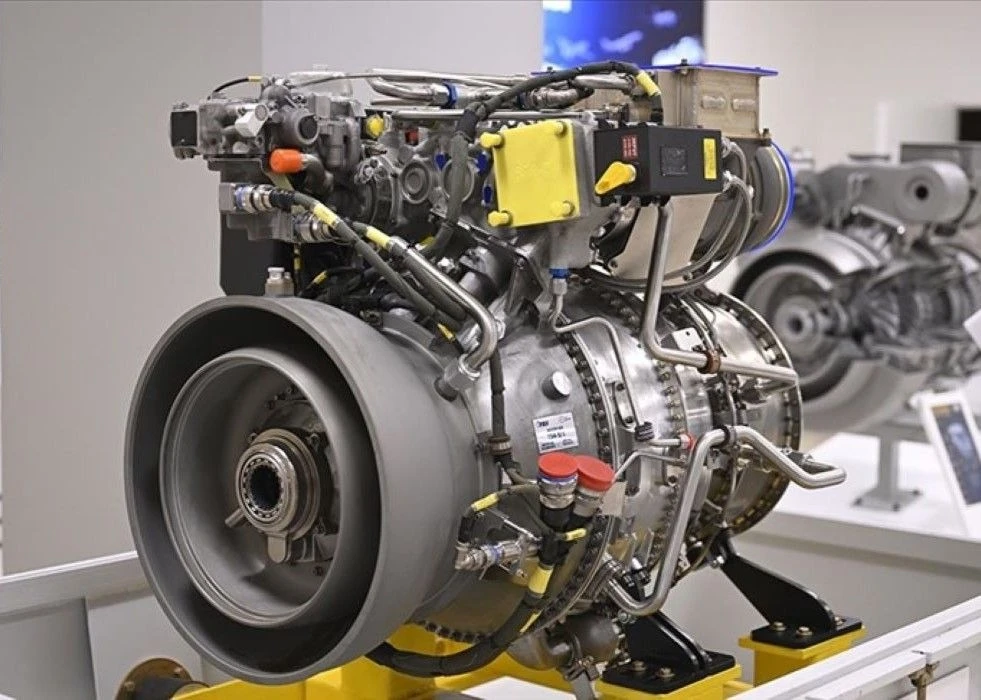Turkey’s defense industry might like to flaunt achievements, but let’s be real: it’s far from the self-reliant powerhouse some claim it to be. Sure, they’ve got the TF6000 and TF10000 engines, but those are largely prototypes. Neither of these engines have been fully integrated into operational platforms yet. The TF35000 engine, which Turkey is hyping, is still in its development stage, and there's no evidence of it being anywhere near testing or production. To compare that to India's Kaveri is missing the point. While Kaveri didn’t meet its original fighter jet ambitions, the tech is being repurposed for UAV applications like the Ghatak stealth drone program. The Kaveri engine's evolution is tangible—it’s heading toward actual use, not just a "vision."
https://defencepk.com/forums/threads/gtre-kaveri-80-kn-engine-new-engine-or-rebirth.2306/
Turkey’s defense sector still leans heavily on external support. Take the Altay tank program—what happened when Germany stopped exporting engines? The entire project stalled. This isn't a one-off issue; their T129 ATAK helicopter also faced grounding due to export issues with American engines. Turkey has a habit of talking big, but when sanctions or foreign dependency come into play, the projects fall apart. You can’t call a defense industry advanced if it relies on others for critical components. Even with the engine development, Turkey needed Rolls-Royce and General Electric just to move forward with the TF-X project. This dependency undermines the whole argument about timelines or supposed success.
Let’s talk about real achievements. Turkey likes to boast about timelines, but when it comes to actual, successful inductions, India has a solid track record, especially with its helicopter programs developed by HAL. Take the ALH Dhruv for instance—this helicopter is a game-changer. It’s not just another prototype but a fully operational platform that has been successfully inducted into the Indian Armed Forces. Over 400 units have been delivered to various branches, including the Army, Navy, Air Force, and Coast Guard. The Dhruv isn’t just sitting pretty in a hangar somewhere; it’s deployed in high-altitude operations, disaster relief missions, and maritime roles.
Let’s get technical for a moment: The Dhruv’s advanced Shakti engine (co-developed with Safran) ensures it performs reliably even in challenging environments like the Siachen Glacier at altitudes above 20,000 feet. Turkey has made some drones and helicopters, but nothing that operates consistently at such extreme altitudes. Plus, the Rudra variant of the Dhruv brings a whole new dimension, with attack capabilities that include a 20mm turret gun, rocket pods, and ATGMs. Rudra is already operational and has been performing exceptionally well in military operations and during the 2020 standoff with China.
And if we’re talking about versatility, India’s Light Utility Helicopter has also been designed to replace the aging fleet of Cheetah and Chetak helicopters. The LUH has been successfully tested in high-altitude regions like Siachen, where it proved its capability in extreme conditions. HAL has not only designed and produced these helicopters but has done so with indigenous technology, ensuring that India doesn’t have to depend on foreign components or approvals.
India's success in helicopter development goes beyond flashy prototypes or media hype. HAL’s helicopters are in the hands of soldiers, operating in the harshest conditions imaginable. India’s platforms are battle-tested, inducted, and operational—making a real impact where it matters most.








